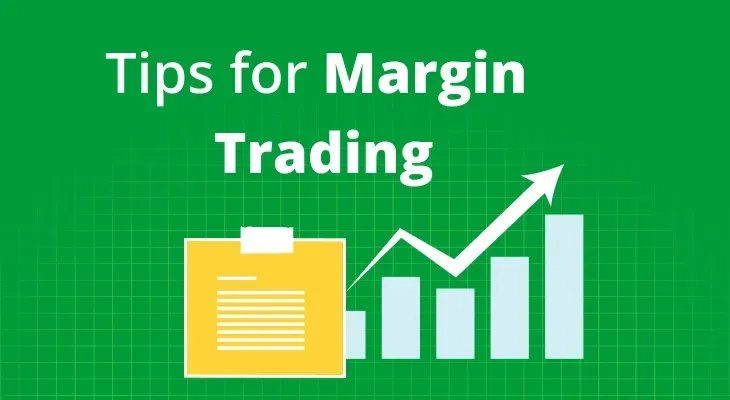Margin trading refers to a financial transaction wherein an individual seeks to borrow from a broker to acquire financial instruments. This method allows traders to use leverage and obtain positions with increased exposure to market movements. However, margin trading allows specific opportunities and entails several risks that should be avoided if they are not carefully controlled.
Table of Contents
What Is Margin Trading?
So basically, it is when investors use funds owned by somebody else for the purchase of financial securities. The amount of money the trader has deposited in the beginning is known as the margin. The broker will provide the rest of the money for the trade. This system is known as leverage, where the trader can gain a higher exposure to the market than with his capital alone.
Types of Margin
Initial Margin
This is the amount paid at the beginning to hold a margin position. It is a percentage of the total trade value. This percentage may differ according to the regulatory requirements and may also vary according to the asset being traded.
Maintenance Margin
This is the minimum balance the account must maintain so that a margin position can stay open. Should the equity in the account fall below that due to any unfavorable price movement, the broker will issue a margin call.
Variation Margin
In the case of futures and similar derivatives, this applies. It is computed based on any mark-to-market loss or gain based on the daily change in value of the position. An amount of funds must be available to cover the loss if it occurs.
Top Tips for Successful Margin Trading
Begin Small
Start with small leveraged positions to learn how margin trading works without exposing too much capital. This also teaches traders how price movements will affect their margin.
Understand Leverage Levels
The traders should have a clear understanding of the leverage ratio they are using. High leverage brings high possible gains, but also high possible losses. Selecting a proper leverage level is an imperative task that depends on one’s risk tolerance and financial goals.
Constantly Monitor Positions
Price moves can change account equity rapidly. Regular monitoring helps one respond quickly to changes rather than being caught off guard by margin calls. Use stop-loss orders to safeguard open positions.
Know Margin Requirements
Brokers can adjust margin requirements according to the market conditions. Keeping oneself updated with these changes will enable traders to keep their positions intact without unexpected liquidation.
Use Risk Management Tools
Risk management tools like stop-loss and take-profit orders help in defining risk and reward limits of each trade. This practice would limit the losses and protect the profits in an otherwise volatile market.
Keep Abreast of Surrounding Conditions
Margin trading has a strong association with news events, economic figures, and prevailing market sentiments. All of these can help or ruin one’s trading depending on timely updates; hence, conscious commitment not to trade during uncertain market times.
Do not overtrade
Margin has often led a trader to add on trades if possible. It is important to trade as required and to retain a disciplined trading strategy to avoid overtrading.
Audit Plans on Trading
Plans always need a review to check the performance of the strategy that was put in place for trading. This makes sure that the trading approach is on par with changing market conditions and individual risk profiles.
Risk Management in Margin Trading
Diversity in Positions
Diversity lessens the effects of any loss suffered in a single position. Mixing up assets could reduce the total exposure to great risk.
Set and Keep Realistic Profit Targets and Stop Losses
Setting and keeping realistic profit targets and stop losses helps maintain discipline and averts possible emotional decisions.
Keep a Proper Balance in the Account
Keep the funds above the required maintenance margin so that you are less likely to receive a margin call and have some flexibility in managing trades.
Use a Conservative Leverage
Conservative leverage ratios reduce the pressure of market fluctuations and ultimately make it easier to manage risk.
Conclusion
On the whole, margin trading allows the trader to leverage their positions with borrowed funds; however, such advantages also come along with associated risks that should be contemplated. Knowing the sorts of margins and following practices, along with prudent risk management, can guide traders through the winding paths of margin trading.



